 ALT
ALT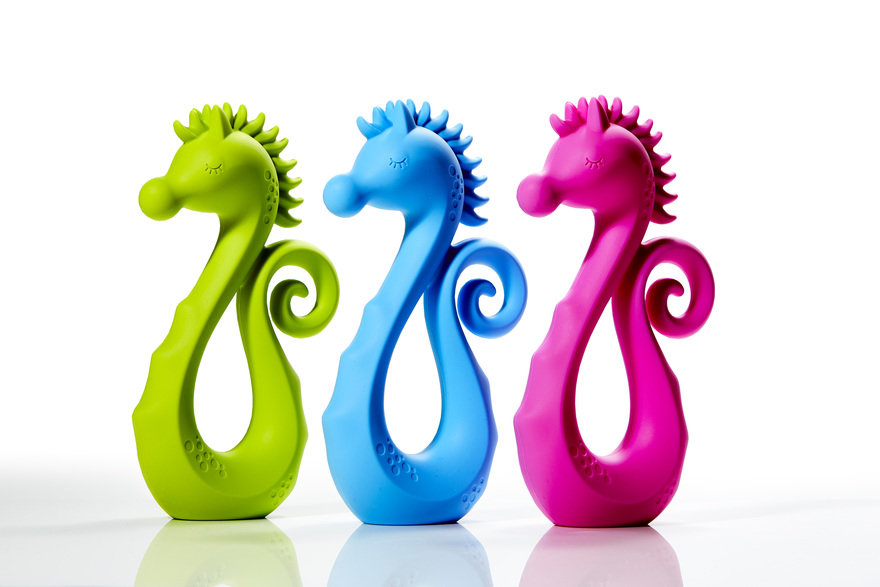
Brooklyn-based designer Scott Henderson has a knack for creating products that become household staples. The Moby Spout Cover he designed for Skip Hop in 2008 is one of the best-selling baby items of all time, and his early work on OXO Kitchen Tools helped establish that brand's ergonomic DNA. (ed. note: he also led the jury for the 2024 Core77 Design Awards Lifestyle Accessories category) Now he's back in the baby space with Choo Choo the Seahorse, a teething toy that tackles several design problems at once.
Anyone who's spent time around teething babies knows the frustrations: dropped toys that need constant washing, products that don't actually soothe effectively, and the ongoing search for something that keeps both baby and parent sane.
Henderson's solution addresses these pain points systematically. The seahorse features an integrated handle that's part of the overall form rather than an add-on appendage—reducing inevitable drops. The pacifier-shaped face encourages chewing away from the wide, stable base, while the "mane" functions as a built-in gum massager with sculpted silicone prongs.
What's particularly clever is the prehensile tail that wraps around objects or hangs for drying after washing. The toy includes hard and soft chew zones, tactile textures throughout, and a gentle squeaker that won't drive parents to distraction. The whole thing is made from food-grade silicone that's hypoallergenic, odor-free, and fade resistant.
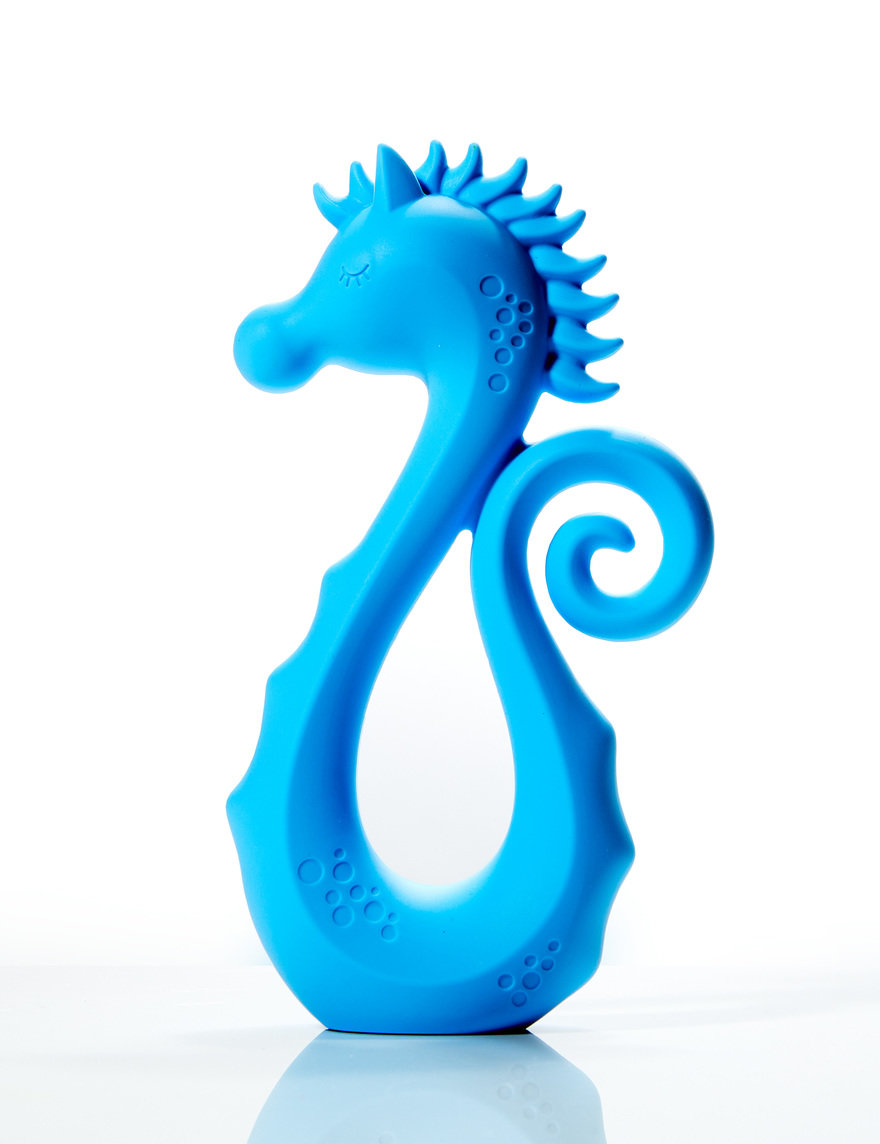
Henderson's choice of a seahorse isn't arbitrary. "The ocean has an ancient, inherent calming effect—it's something we feel before we understand," he says. The character features a closed, peaceful eye meant to signal emotional safety, a thoughtful detail you don't usually see in mass market products.
This will be the first offering from Henderson's new brand Jay Street Baby. The teether will launch with an original storybook, written and illustrated by Henderson, called "Choo Choo the Seahorse's Big Adventure," creating a broader narrative world around the character. Henderson is positioning Choo Choo, and future products, as part of a character-driven IP franchise, with plans for additional books, animated shorts, and more products in the pipeline.
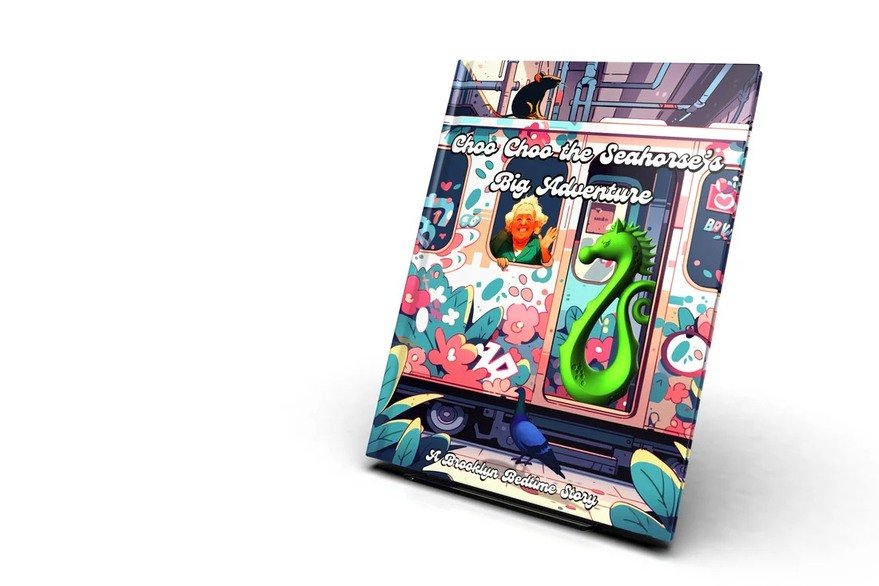
It's an interesting approach that borrows from entertainment industry playbooks. Rather than just designing isolated products, Henderson is building a world around his characters that could extend across multiple media formats. Whether parents will embrace this kind of brand universe around baby products remains to be seen.
Choo Choo the Seahorse is available for preorder at choochootheseahorse.com, with shipping expected this fall.
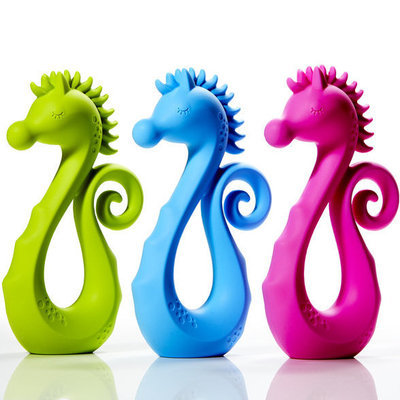
CoolAnt is a passive cooling system for buildings, developed by New-Delhi-based architect Monish Siripurapu. The name isn't just a twist on refrigerant; Siripurapu was inspired by anthills, which are passively cooled. Air circulates through the tunnels and vents of an anthill, reaching moisture-laden mud. Hot air escapes through upper vents, and the air that remains behind is cooler thanks to the mud.
Because it's not practical to introduce mud into workplaces and homes, Siripurapu use terracotta objects instead. Matrices of terracotta tiles or tubes are built as facades or screens placed in front of windows.
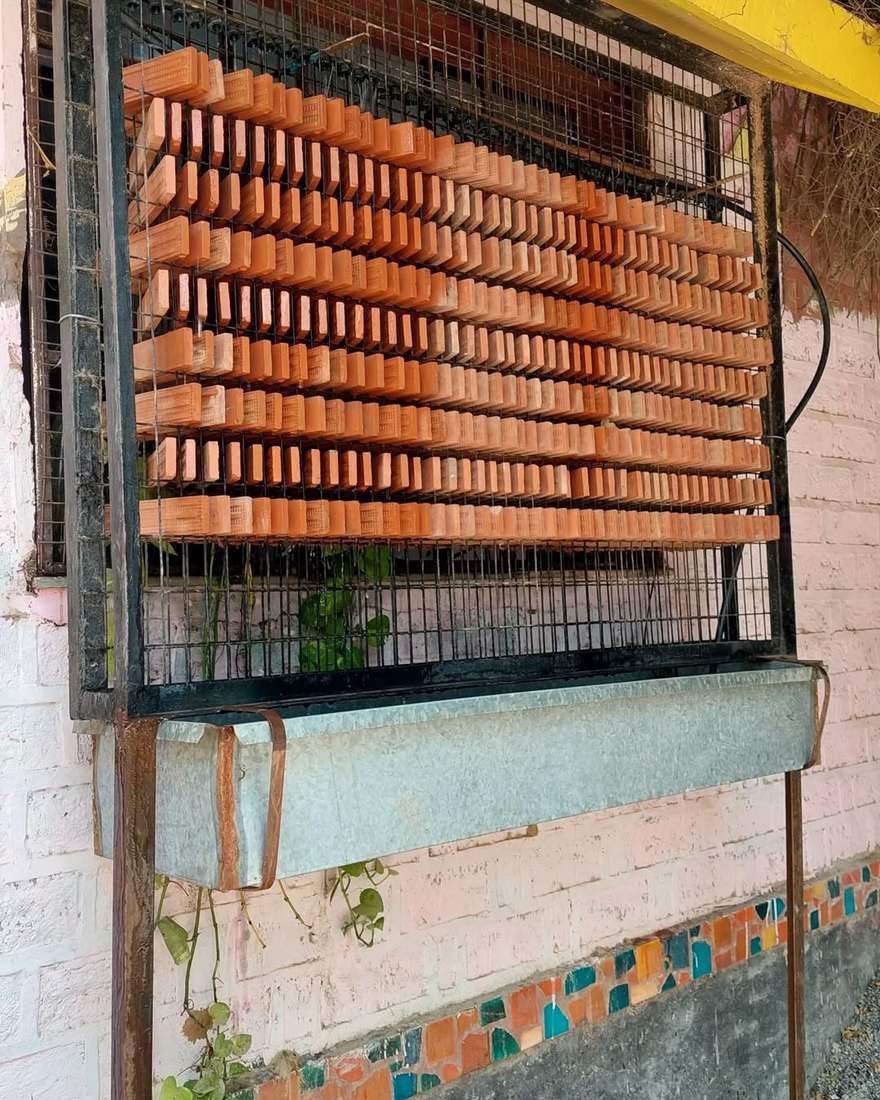
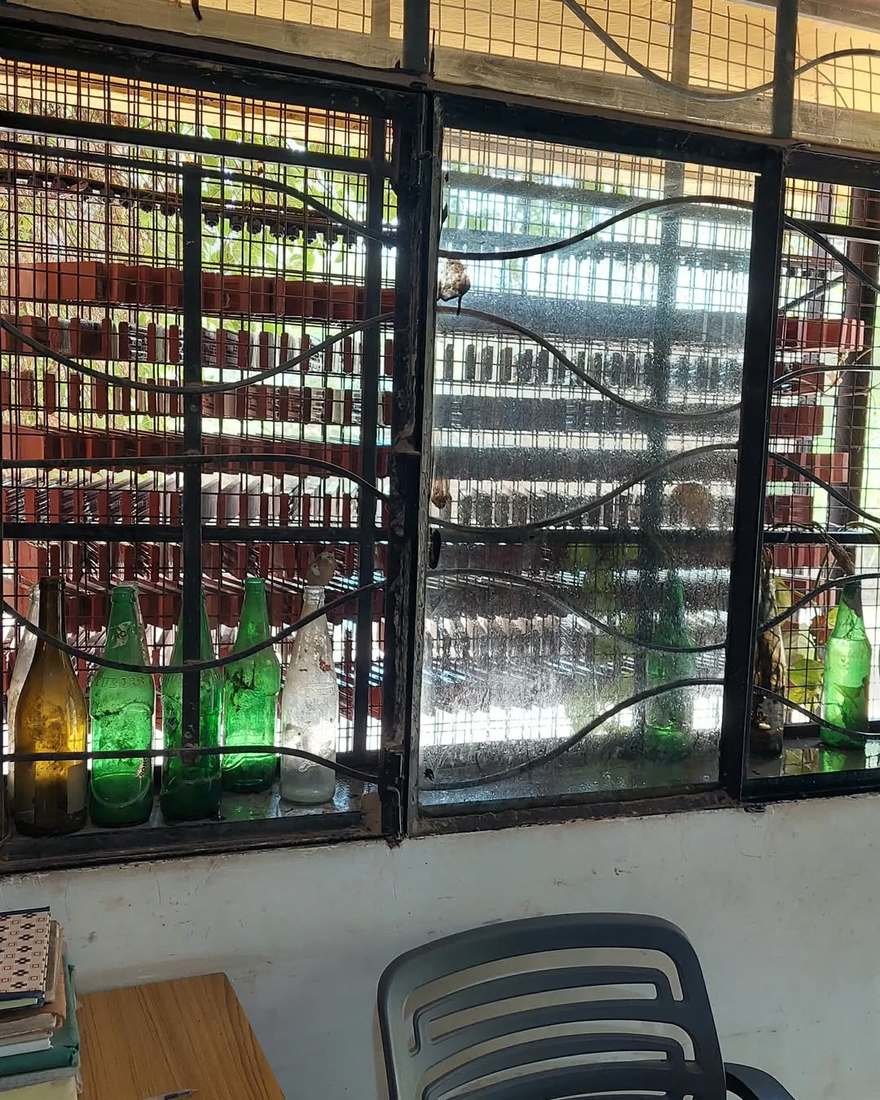
These matrices are equipped with sensors, and as the temperature rises, a low-power pump connected to a nearby tank drips water onto the terracotta.
When heat hits the moist terracotta, it causes the water to evaporate. This process essentially occupies a chunk of heat, lessening the amount of it that reaches the building's occupants. Water that hasn't evaporated is collected at the bottom of the façade, and recirculated into the system.
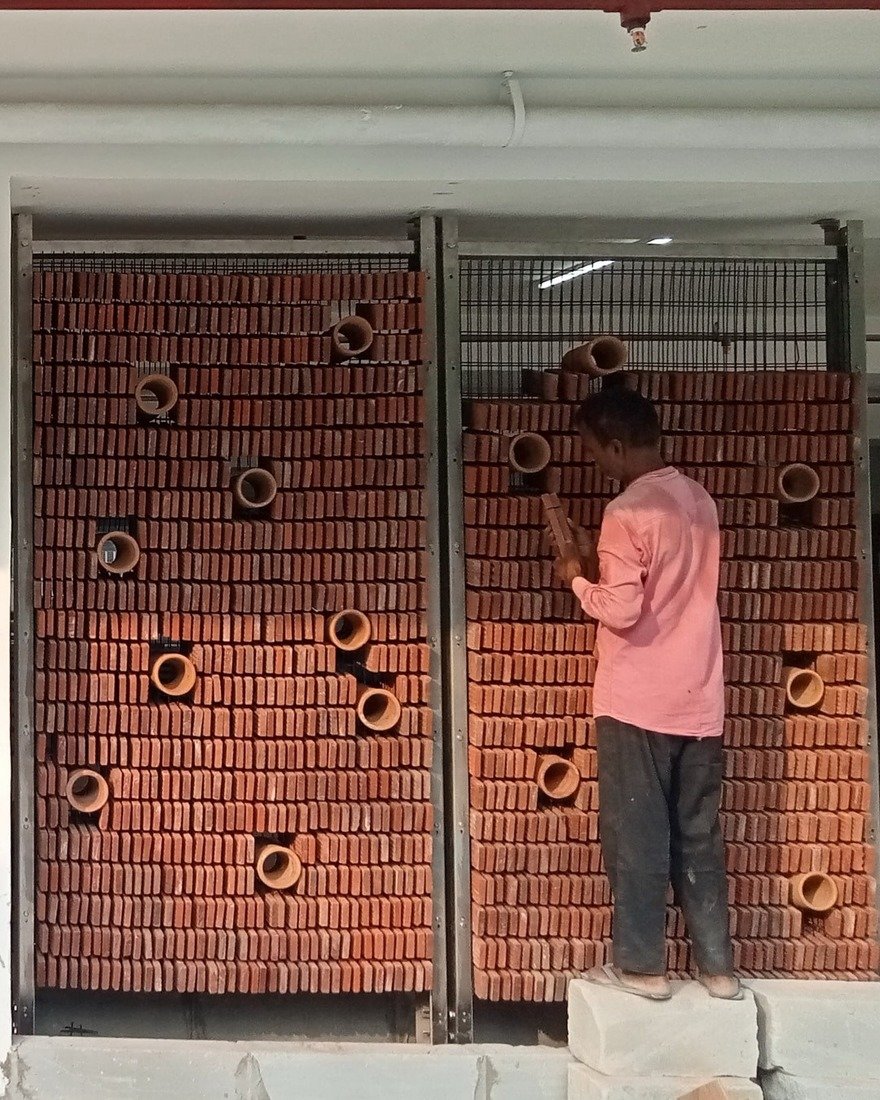
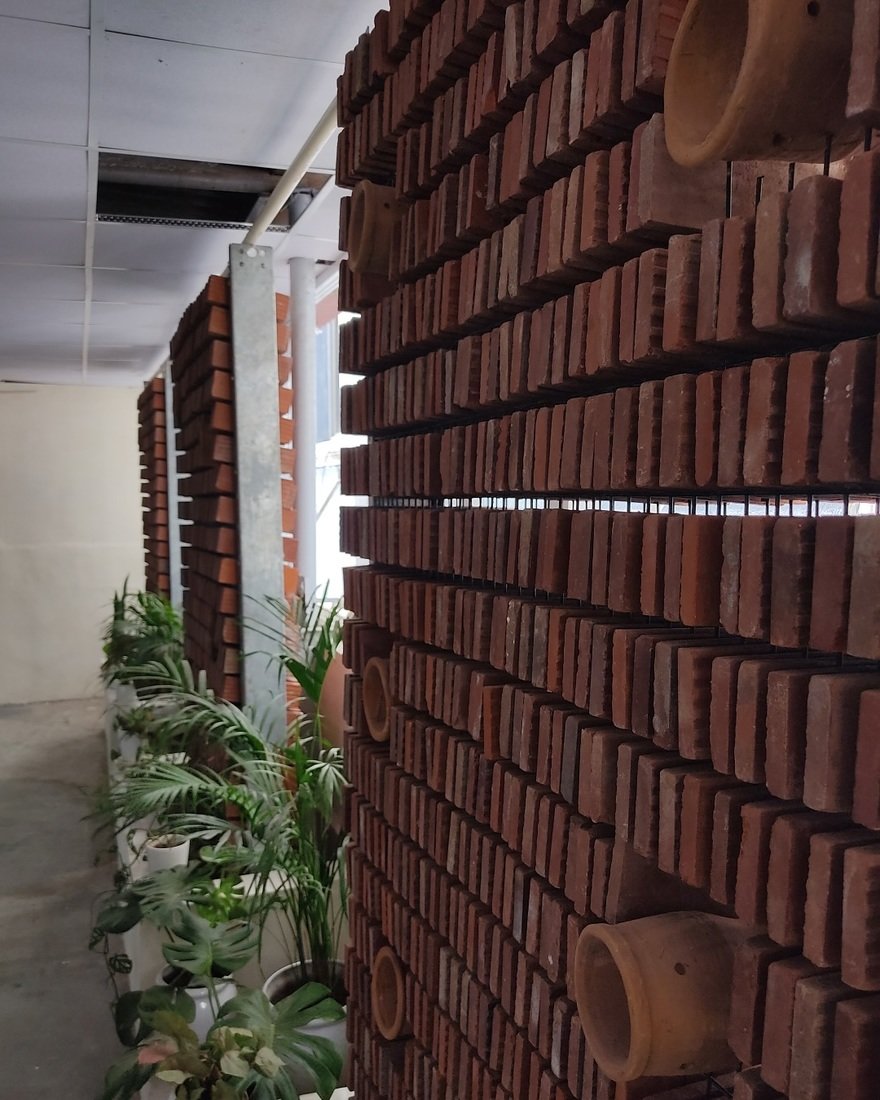
The terra cotta also provides shade and, with spaces in between, promotes airflow.
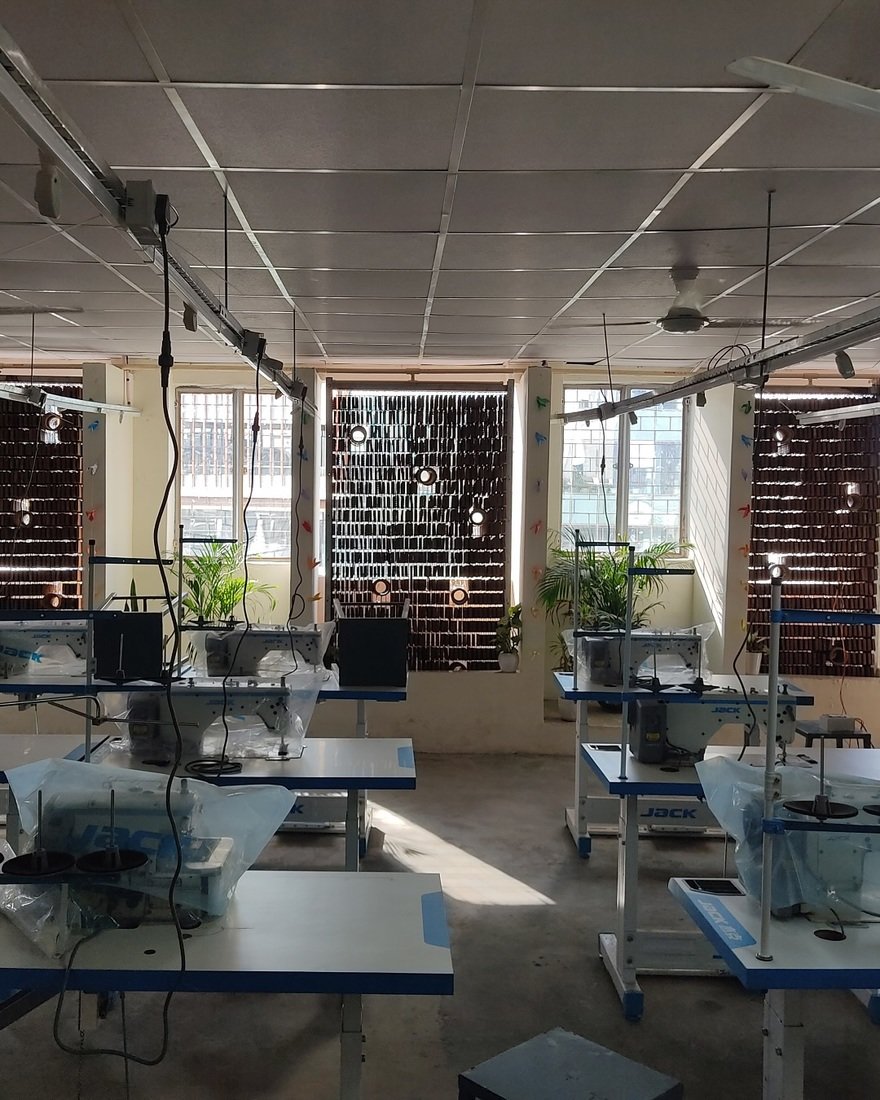
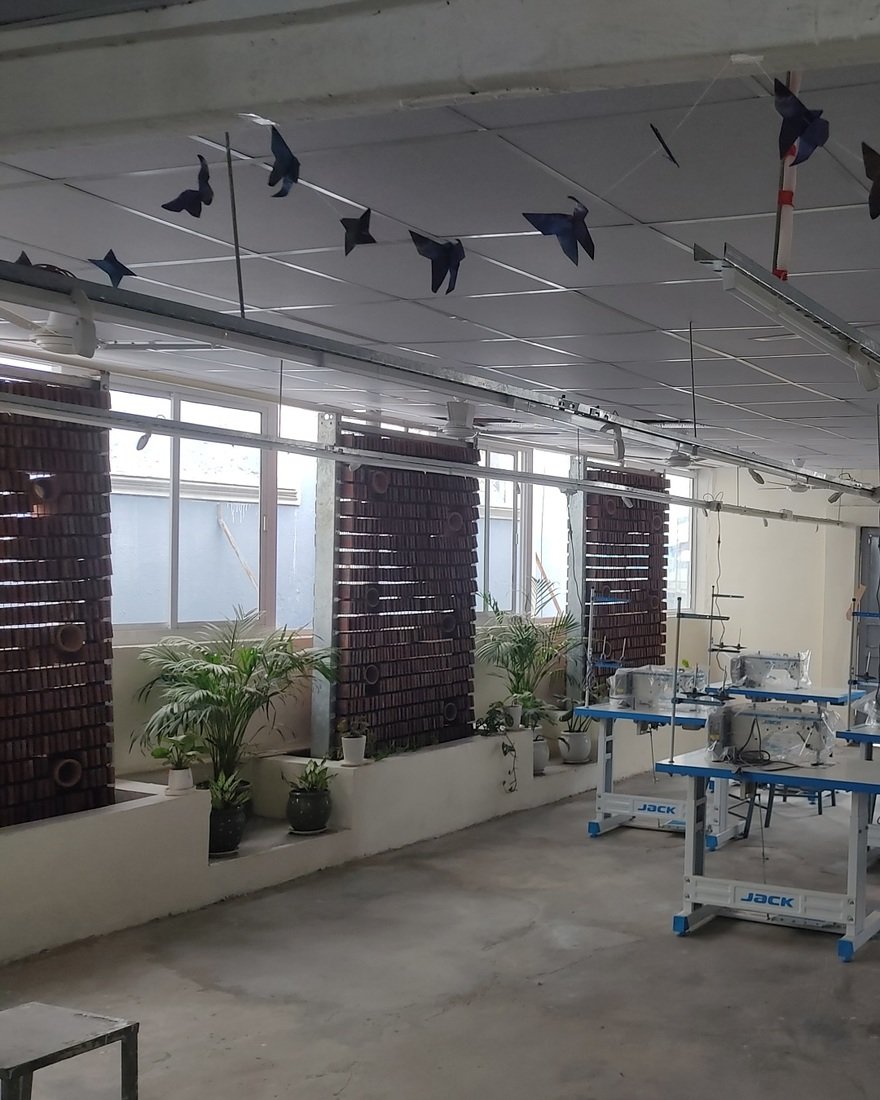
Because the terracotta objects don't have to have any particular shape, it allows for a good measure of aesthetic flexibility.
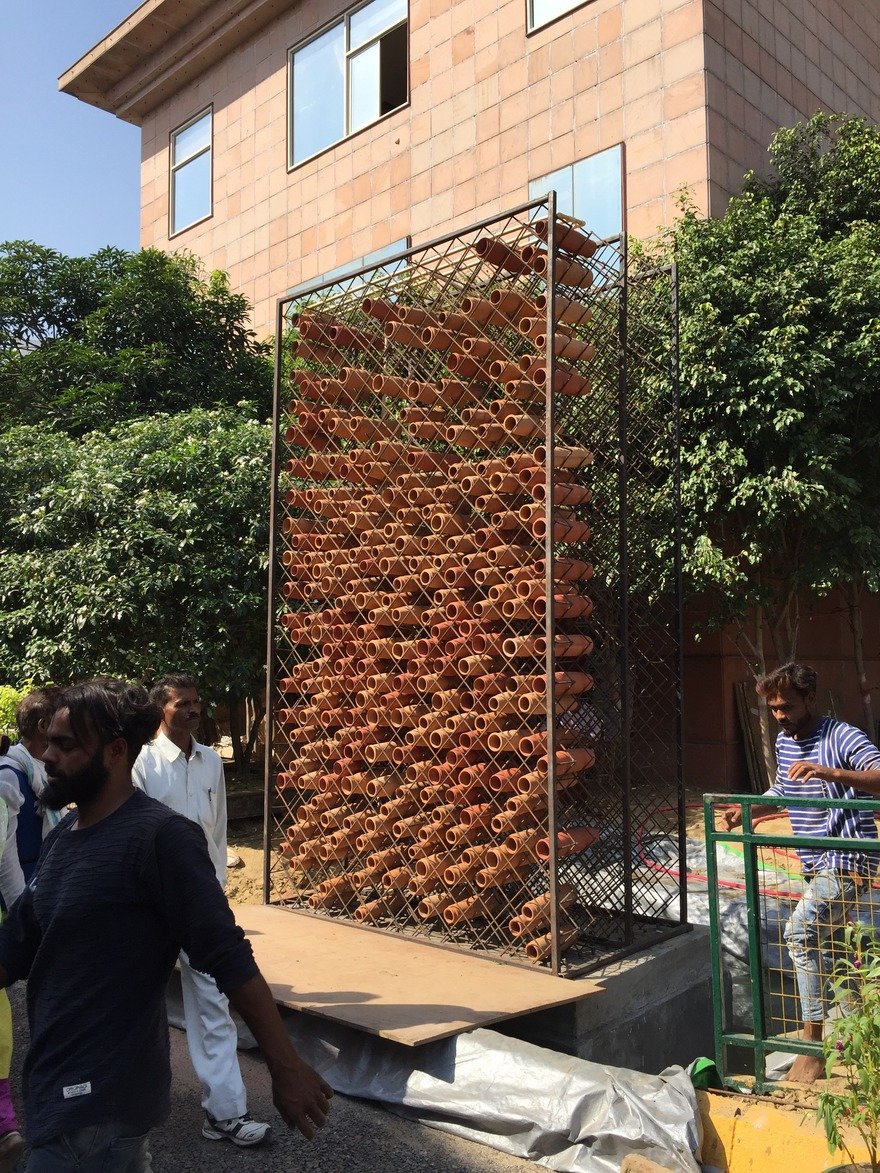
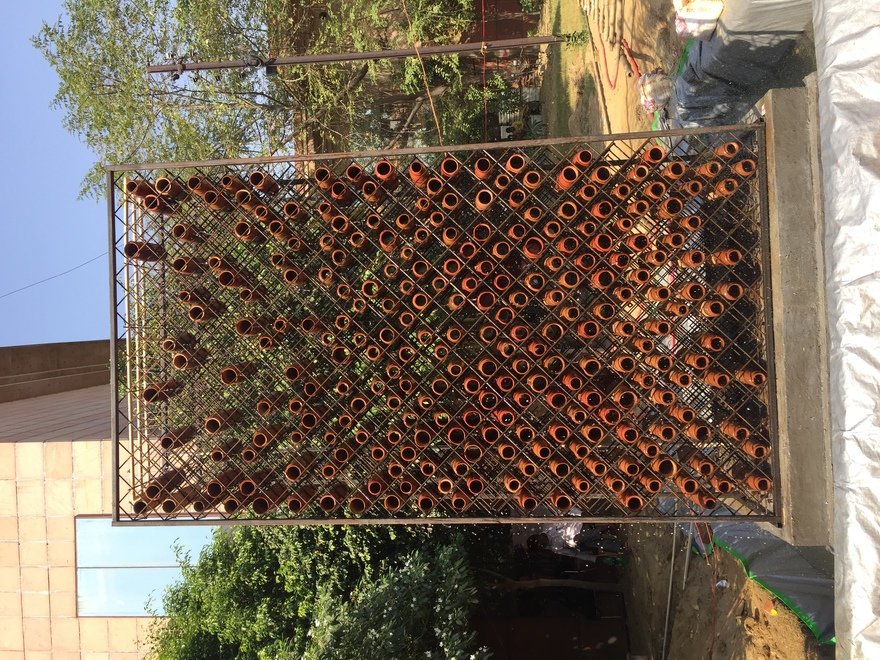
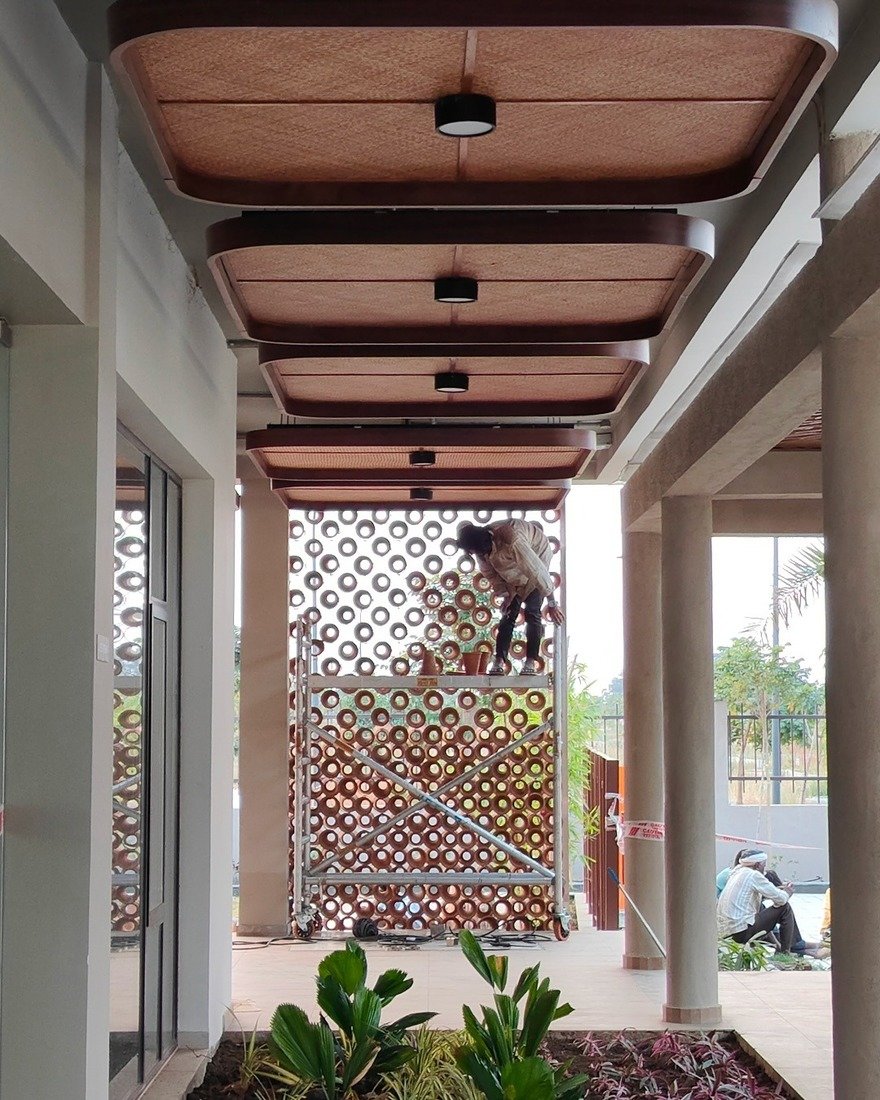
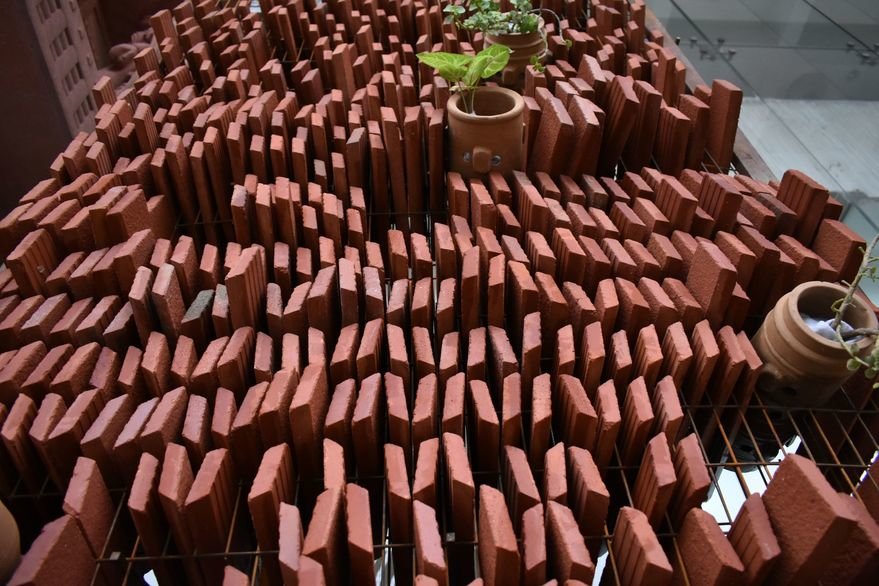
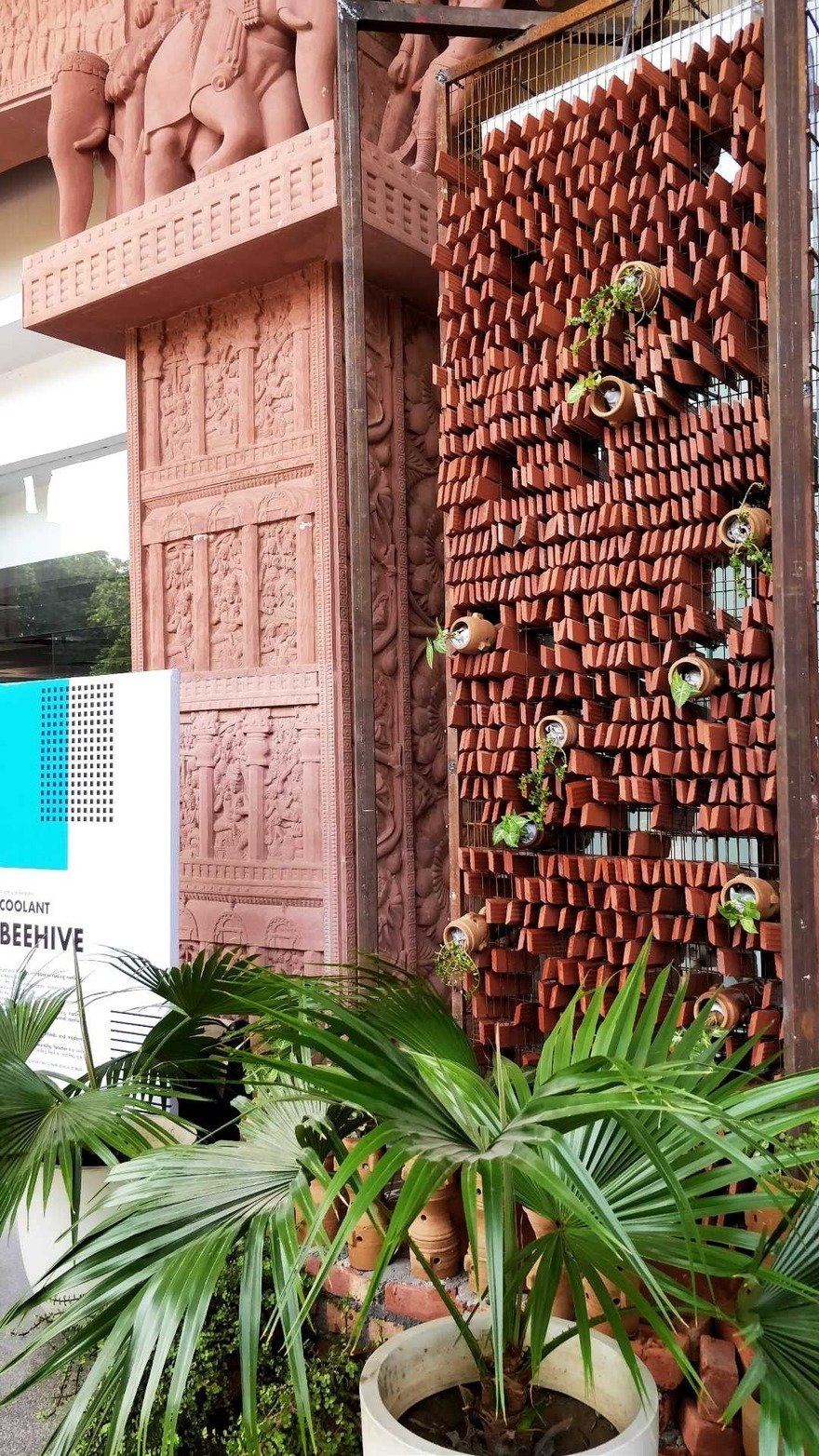
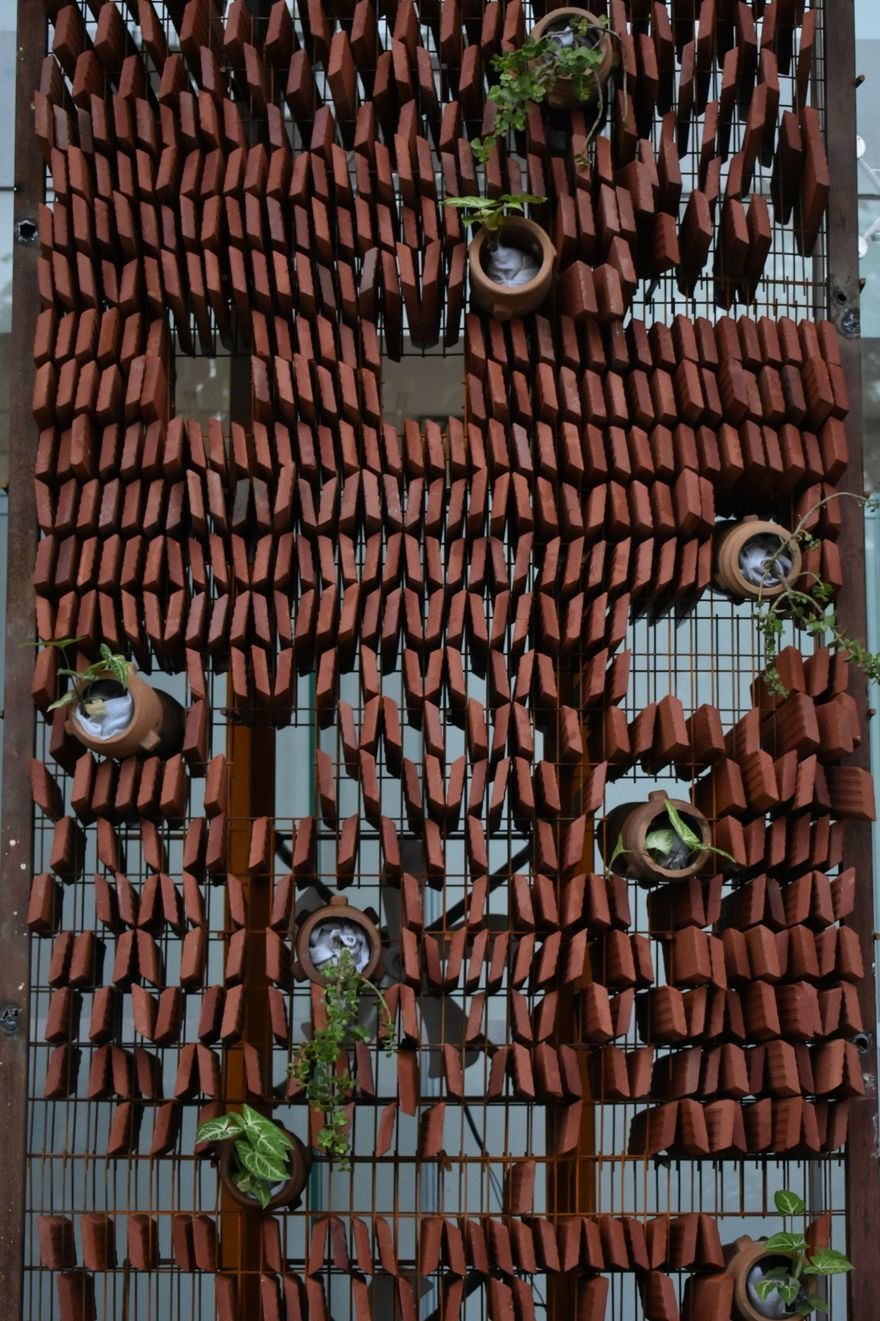
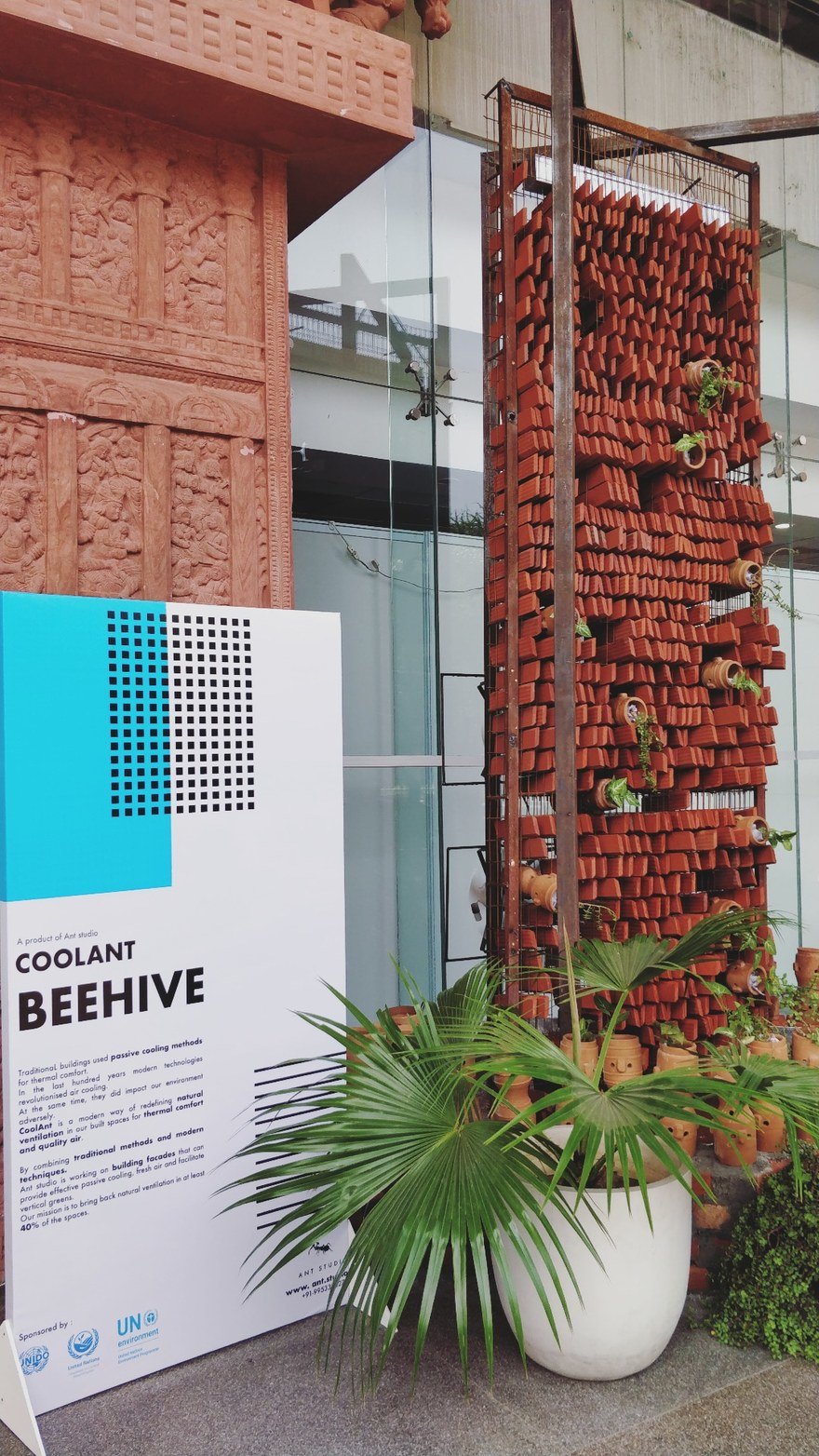
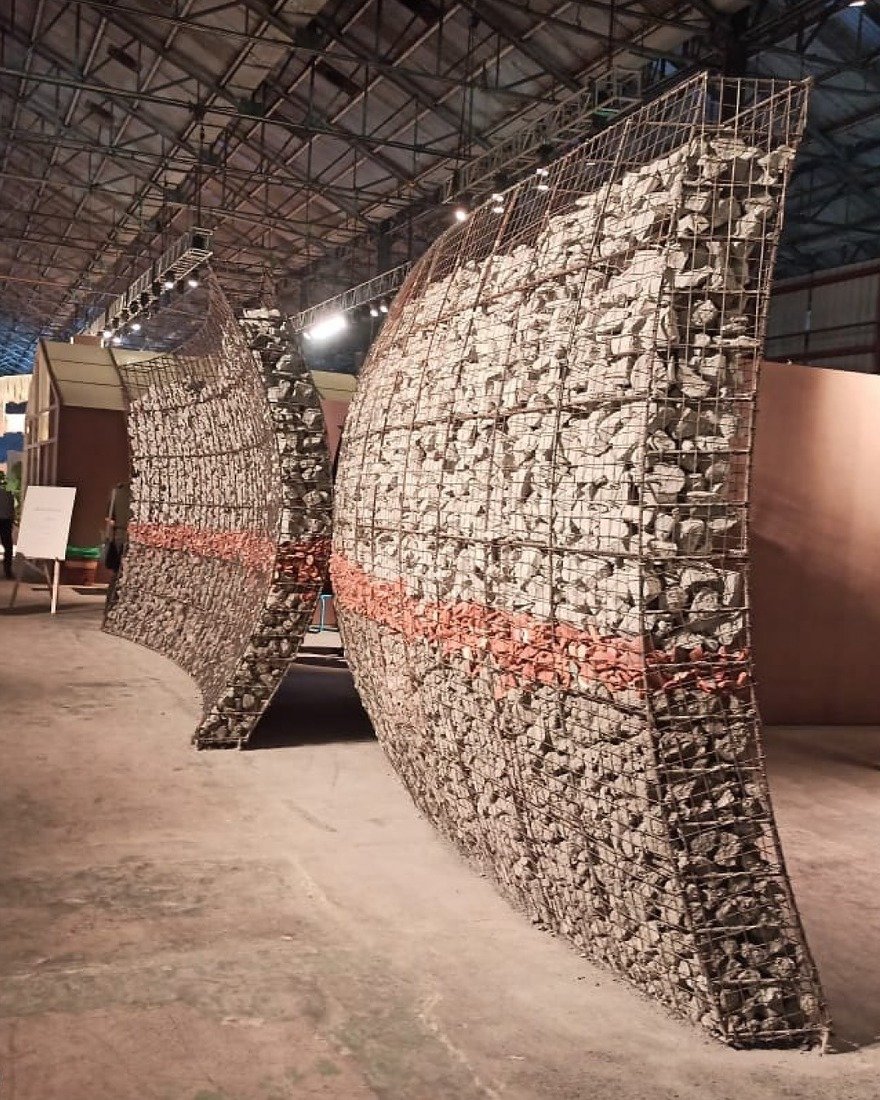
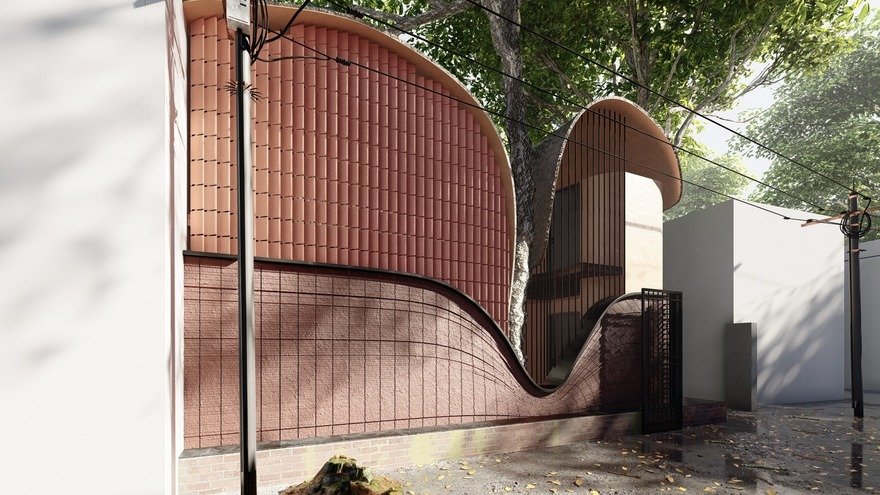
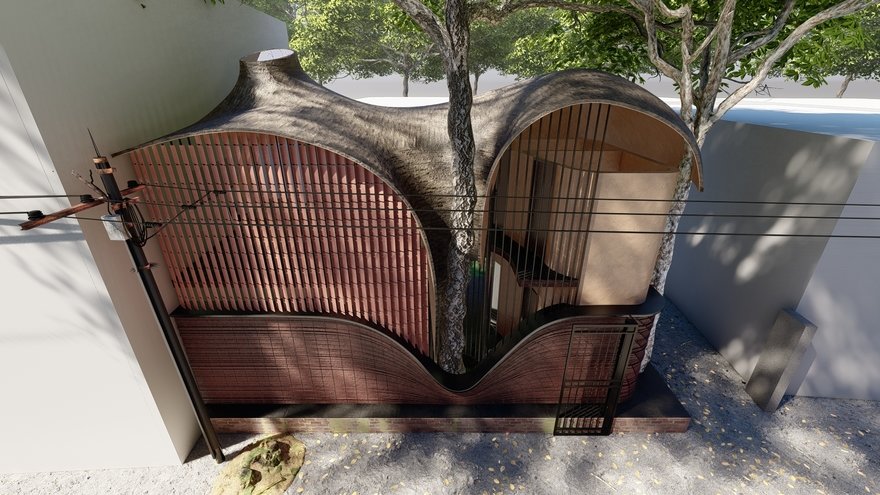
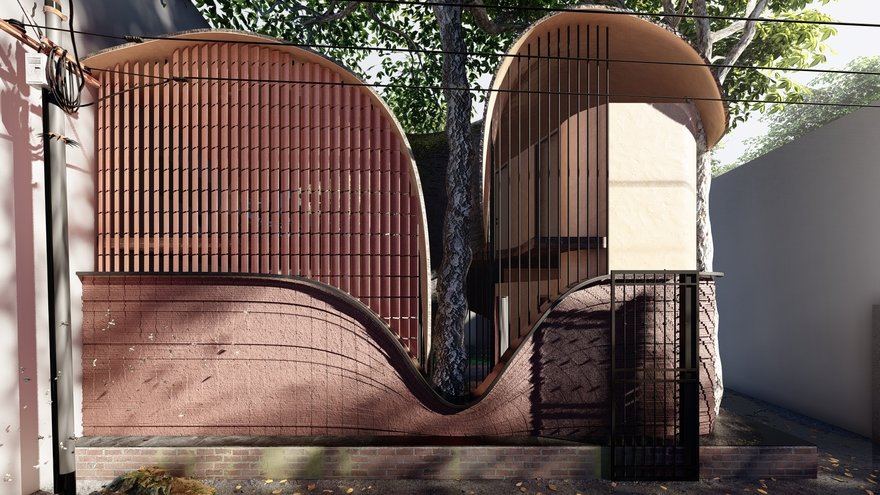



Here's Siripurapu explaining the system:
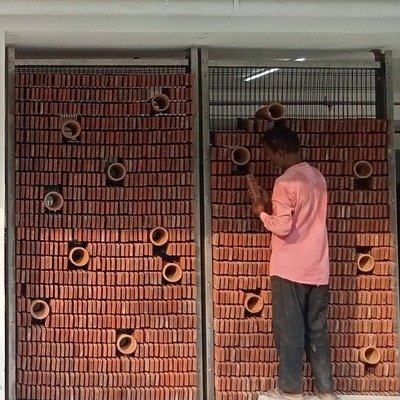
One of the largest barriers to plastic recycling is proper separation by type. If you're trying to recycle polyethylene or polypropylene, and you throw some PVC into the mix, it contaminates the batch and makes the whole thing unrecyclable. In countries with disciplined consumers, like South Korea or Japan, you'll see recycling bins asking consumers to separate their recyclables by category; in the standout Japanese town of Kamikatsu, residents sort their garbage into no less than 45 different categories.
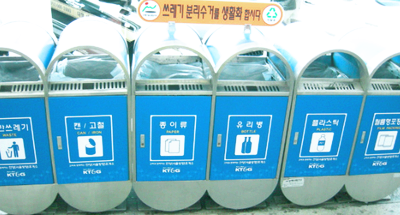
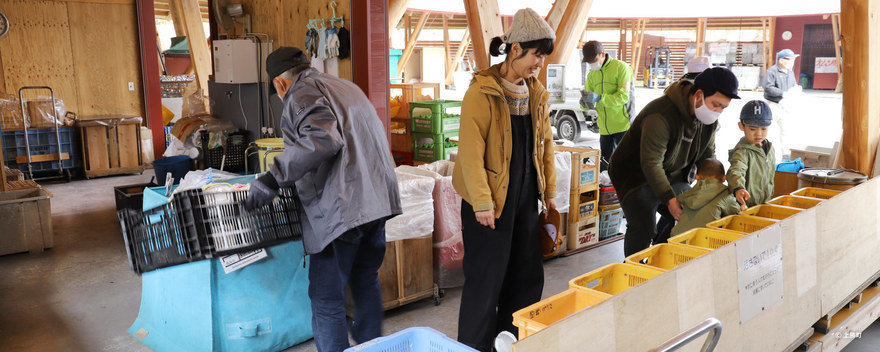
Research chemists at Northwestern University are working on a plastic recycling system that does not require sorting. They've discovered "a new, inexpensive nickel-based catalyst that selectively breaks down polyolefin plastics consisting of polyethylenes and polypropylenes — the single-use kind that dominates nearly two-thirds of global plastic consumption. This means industrial users could apply the catalyst to large volumes of unsorted polyolefin waste." Even better, the catalyst is unfazed by PVC, and can break down PVC-contaminated polyolefin.*
"One of the biggest hurdles in plastic recycling has always been the necessity of meticulously sorting plastic waste by type," said Northwestern's Tobin Marks, the study's senior author. "Our new catalyst could bypass this costly and labor-intensive step for common polyolefin plastics, making recycling more efficient, practical and economically viable than current strategies."
"When people think of plastic, they likely are thinking about polyolefins," said Northwestern's Yosi Kratish, a co-corresponding author on the paper. "Basically, almost everything in your refrigerator is polyolefin based — squeeze bottles for condiments and salad dressings, milk jugs, plastic wrap, trash bags, disposable utensils, juice cartons and much more. These plastics have a very short lifetime, so they are mostly single-use. If we don't have an efficient way to recycle them, then they end up in landfills and in the environment, where they linger for decades before degrading into harmful microplastics."
Polyolefin's recycling rates are an abysmal 1% to 10% worldwide, largely because the material is so laborious to separate. If the Northwestern researchers can scale up their process, that could change this equation entirely.
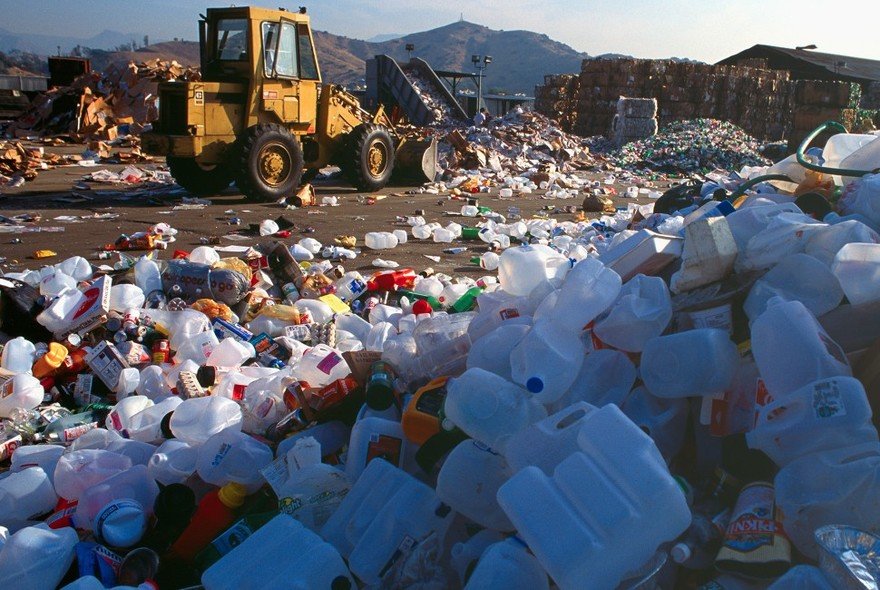
*Explaining PVC contamination: Typically when catalysts are used to break down plastic, and they run into PVC, the PVC starts to decompose and releases hydrogen chloride gas. This gas is corrosive and deactivates the catalyst, halting the recycling process.
In contrast, the catalyst used by the NW researchers actually increases its performance when it runs into PVC.
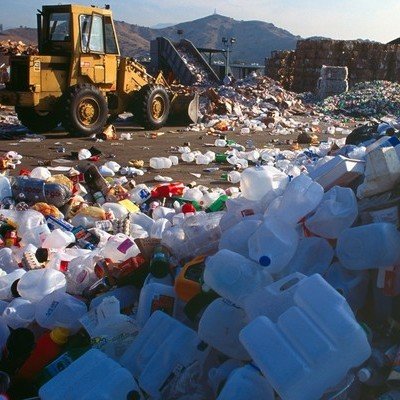
Remember Kaare Klint's Propellor Stool, where the helical legs nest together?
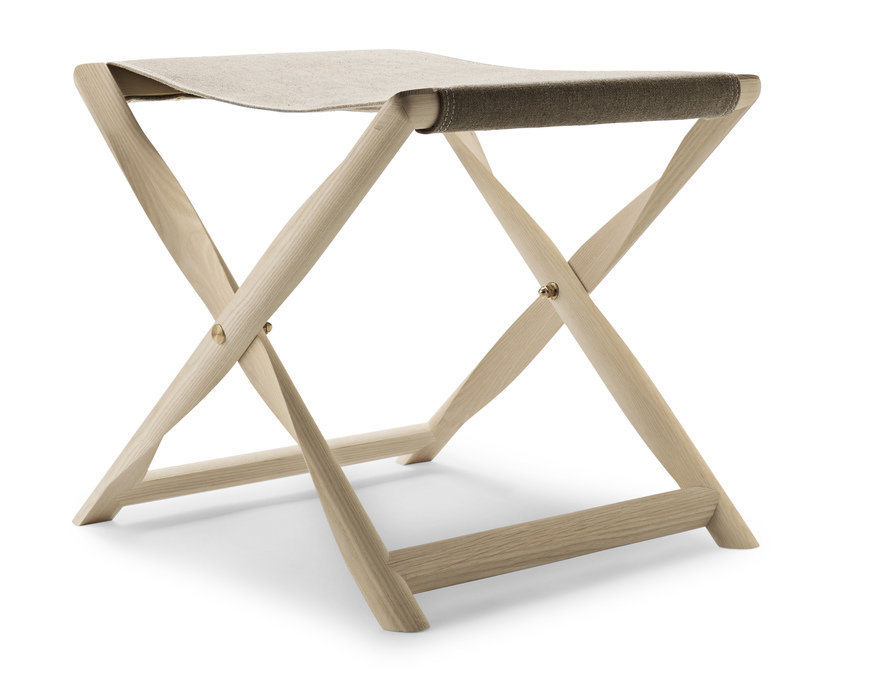
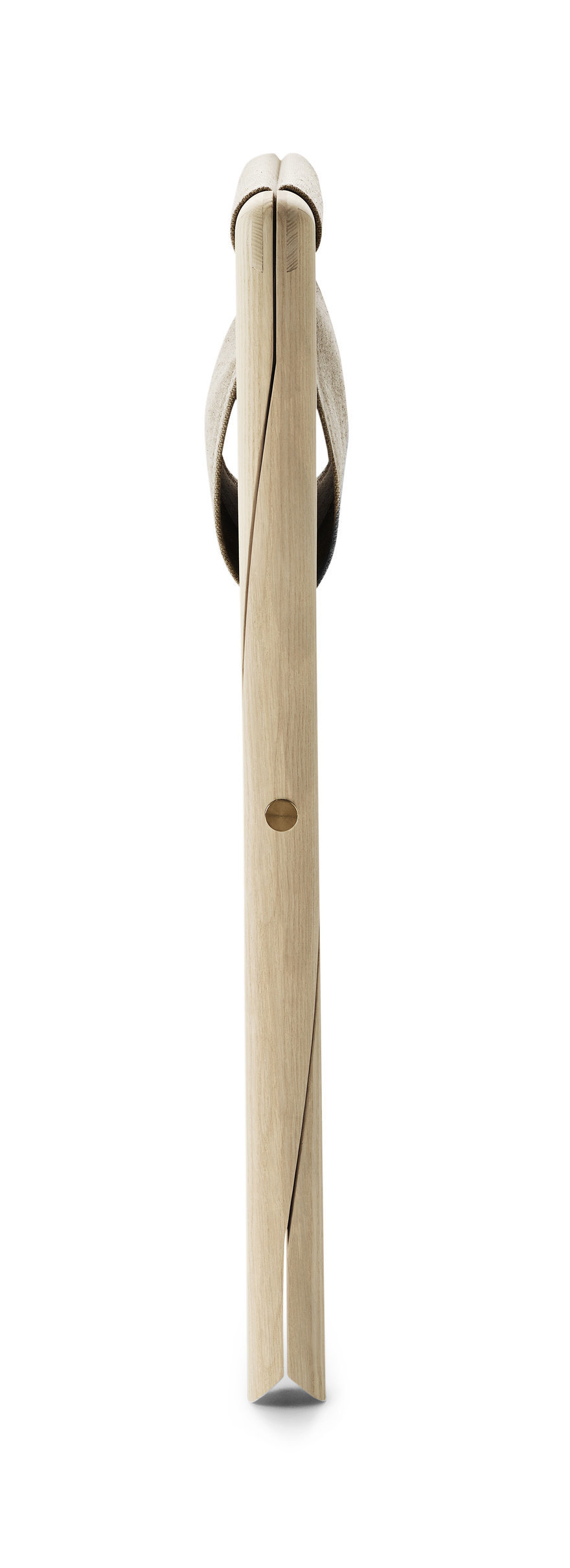
An unlikely relative exists in these Rassen chopsticks, designed by Nendo for manufacturer Hashikura Matsukan.
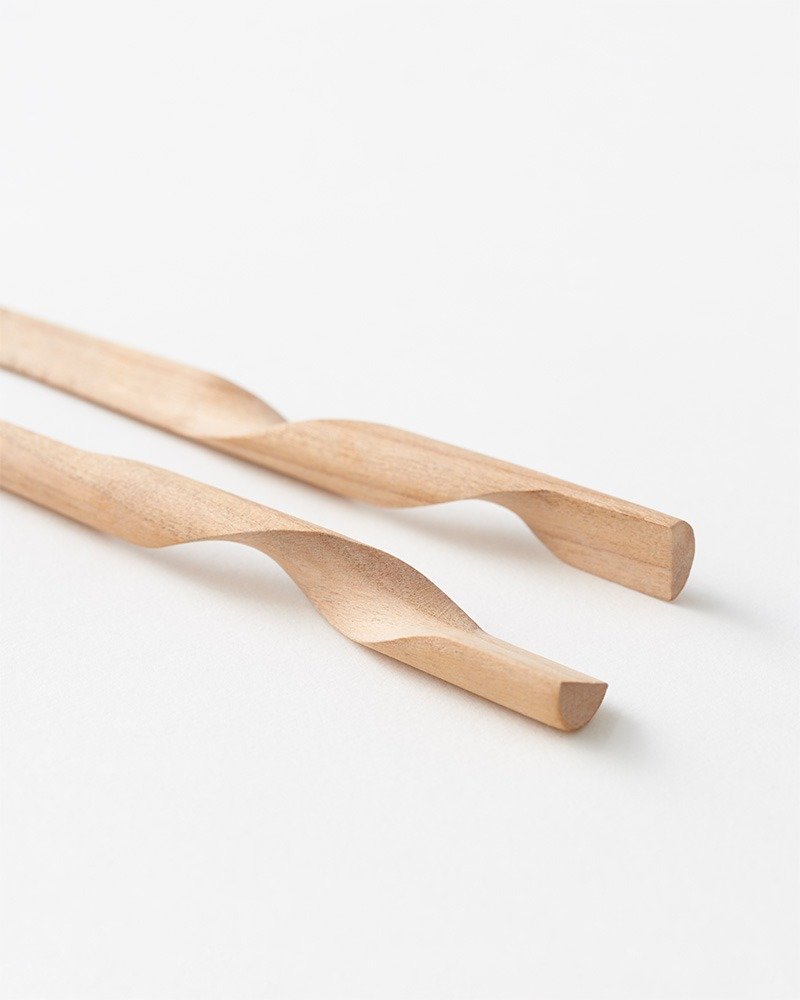
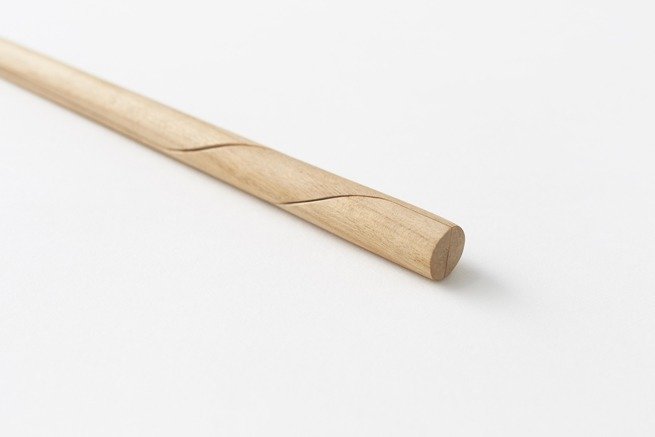
"Chopsticks ordinarily come in pairs, but the Rassen chopsticks are a single unit. They're separated into two for eating, then rejoined into one form when not in use. We used the artisans's hand skills and a multi-axis CNC miller to create them."
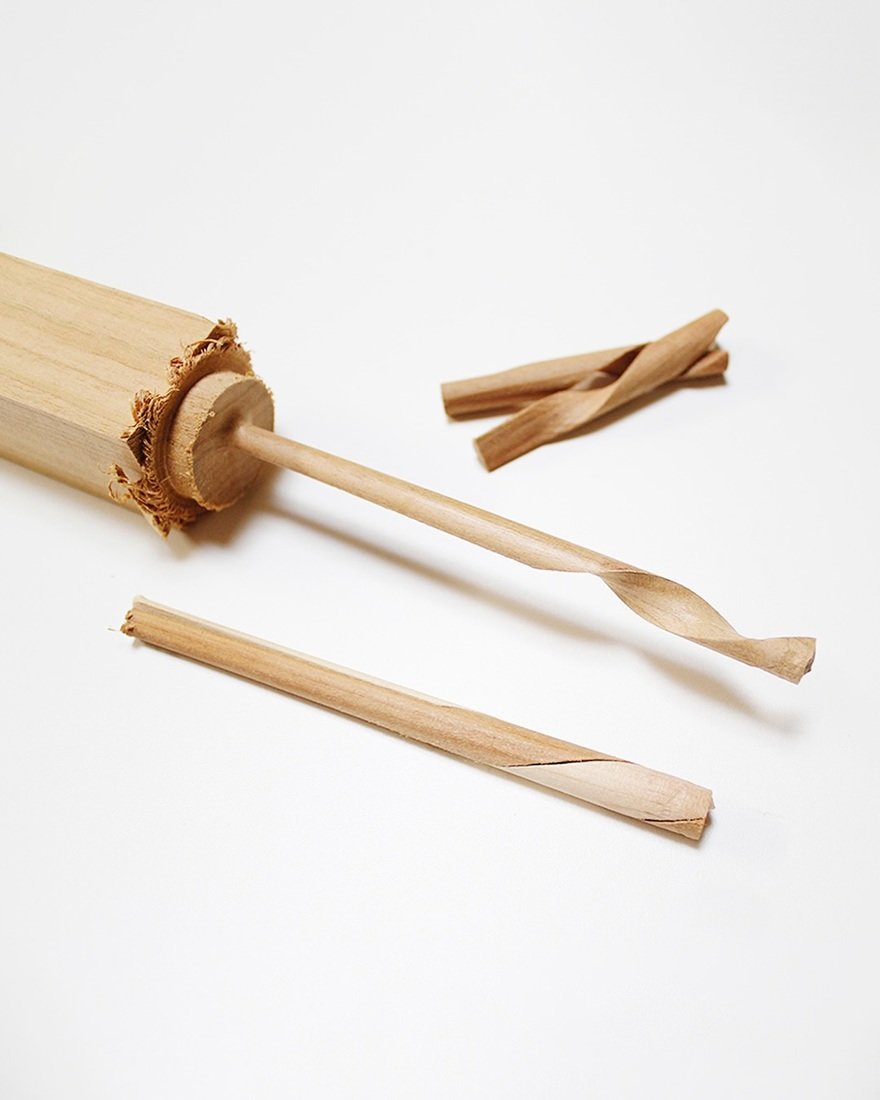
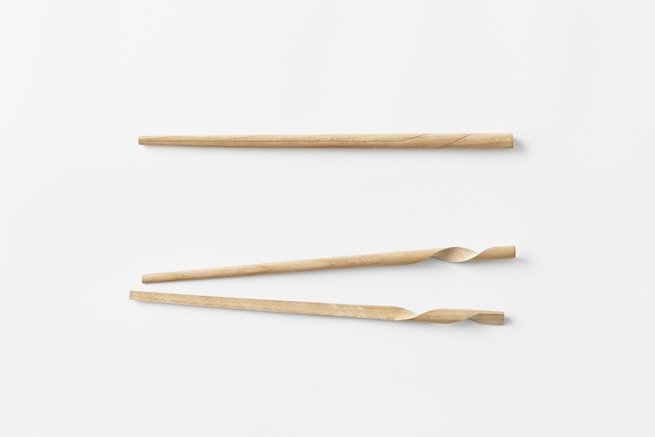
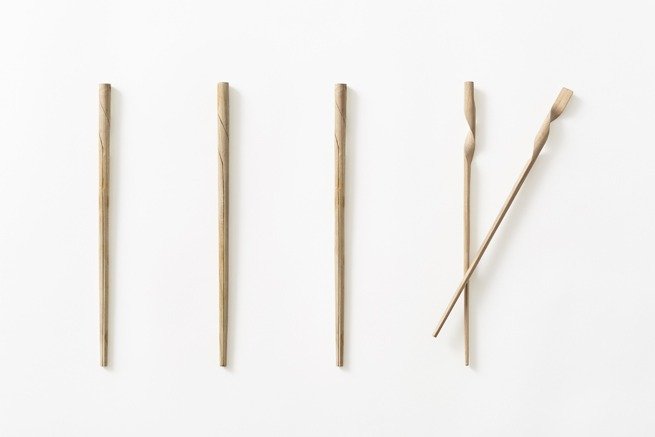
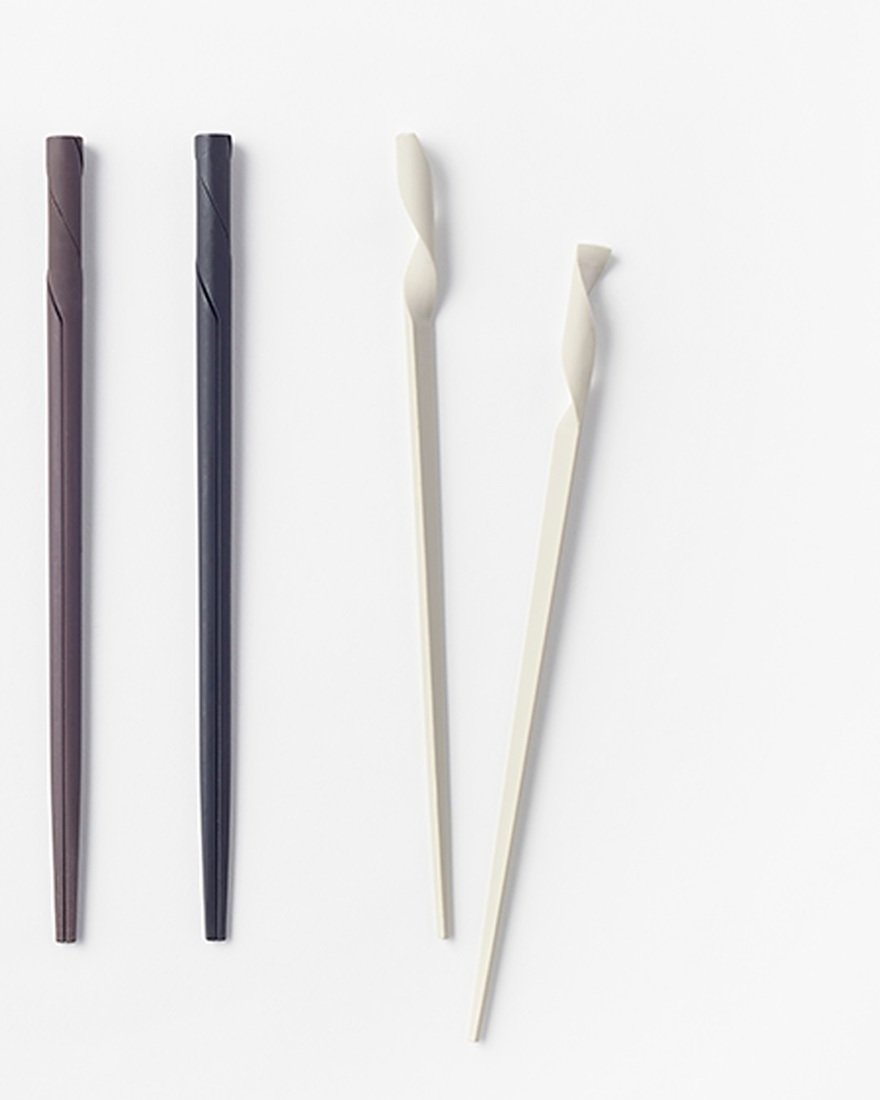
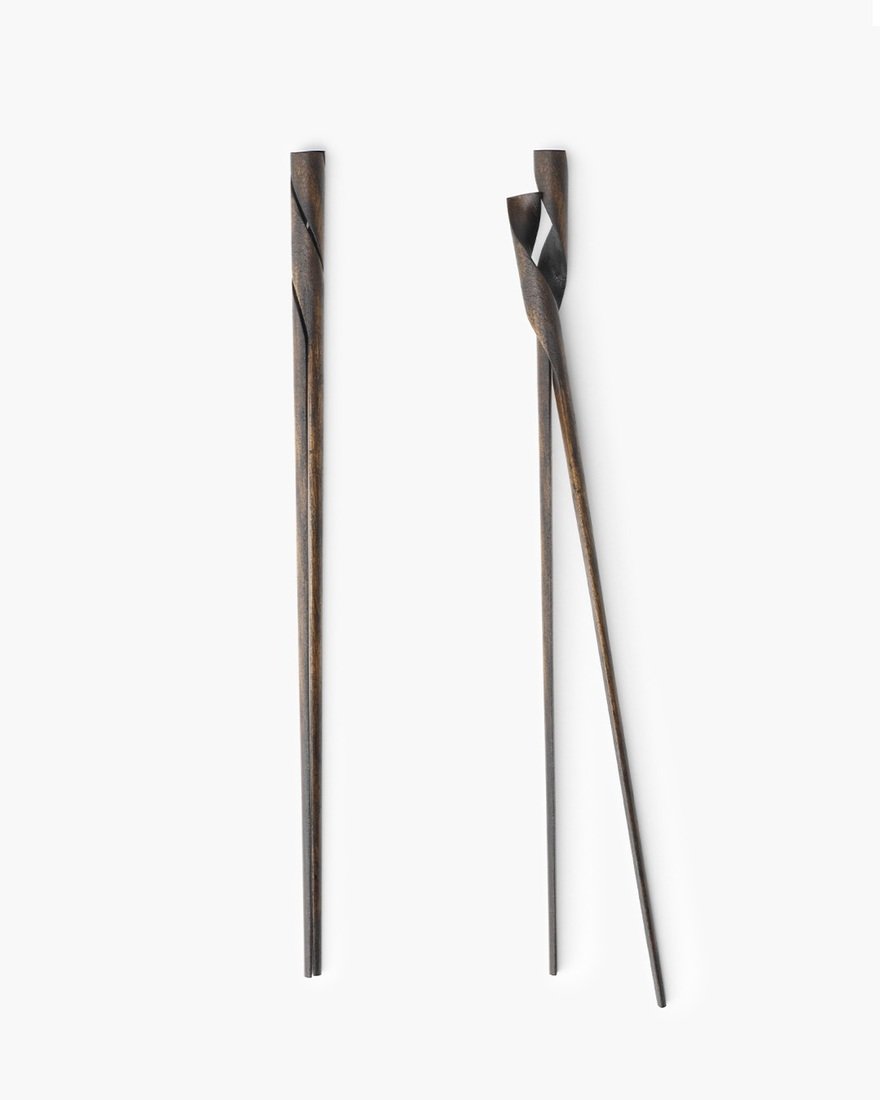
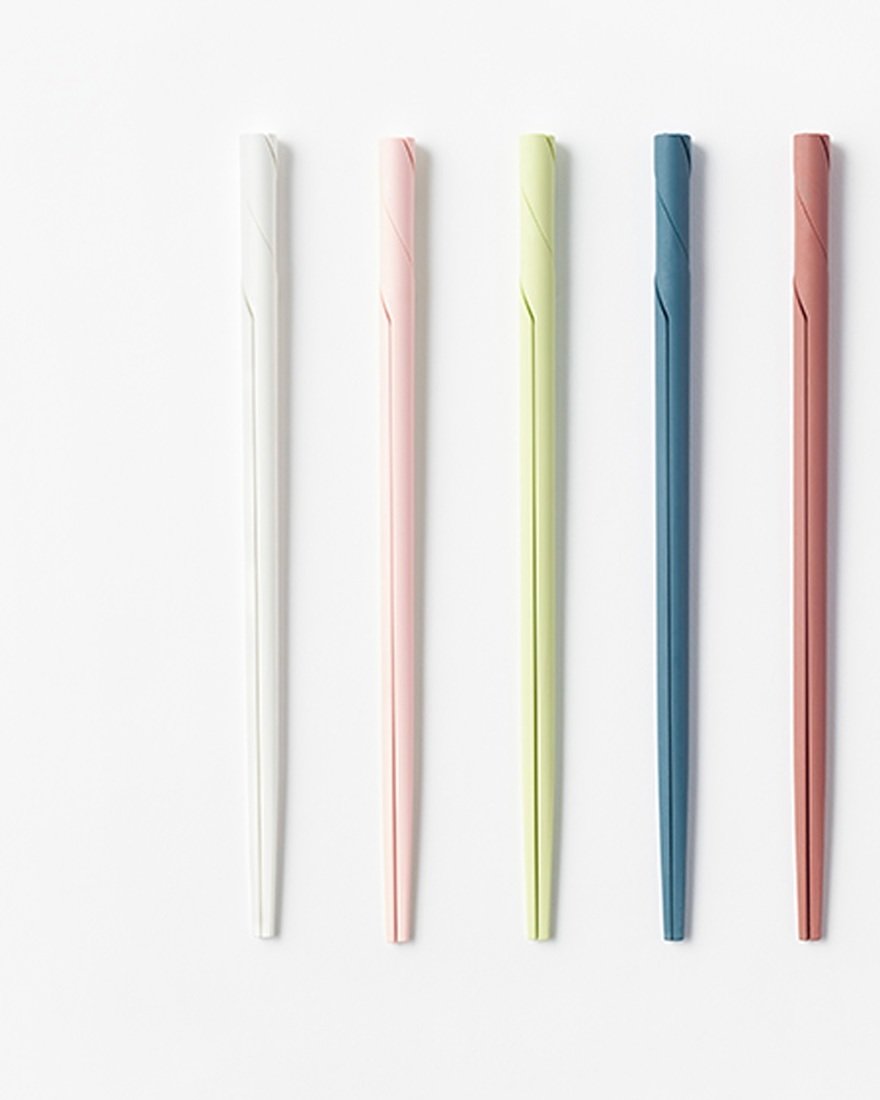
"For four centuries, the town of Obama in Fukui Prefecture, Japan, has manufactured lacquered chopsticks. Obama's lacquered chopsticks have been recognised as the hardest and most beautiful of Japanese lacquer chopsticks since the seventeenth century, when they became known as Wakasa-nuri. We designed these chopsticks in collaboration with Hashikura Matsukan, a manufacturer who continue Obama's traditional manufacturing techniques today. "
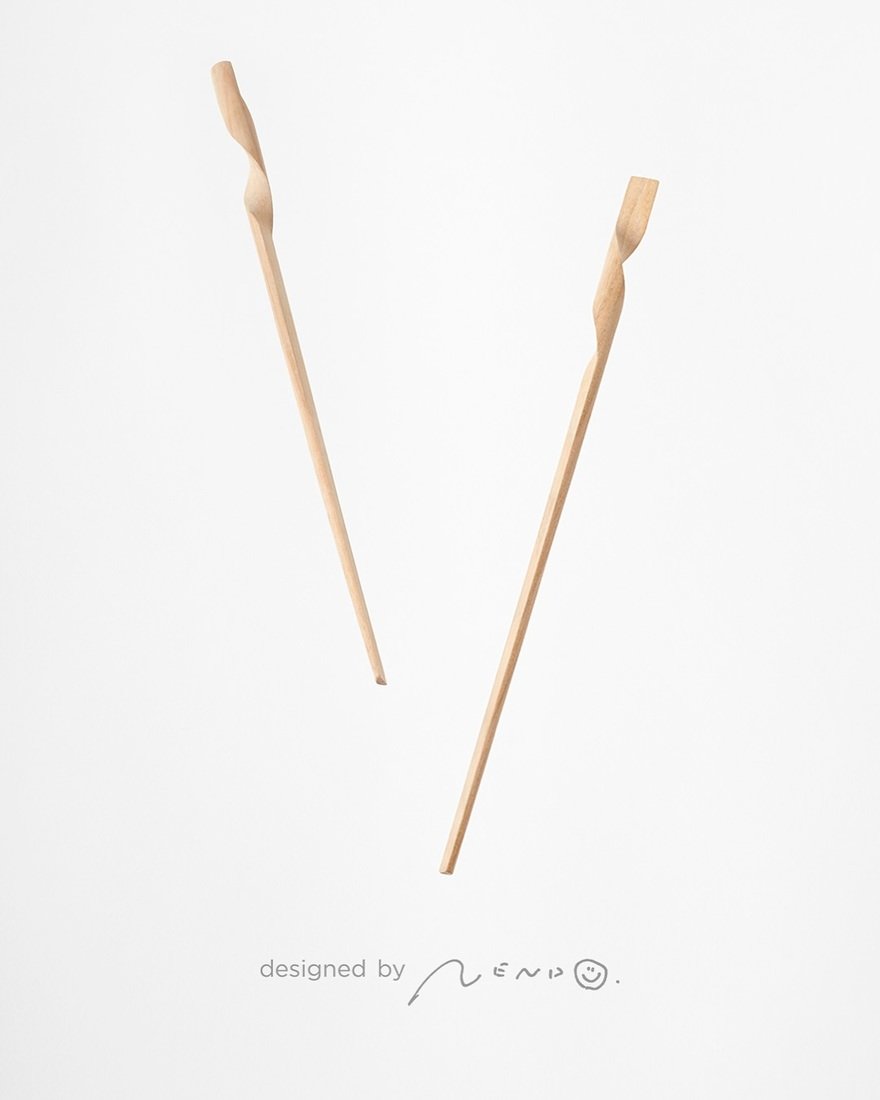
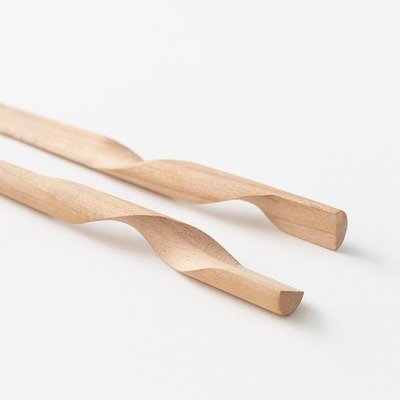
In the early 1980s, Washington's National Cathedral was losing relevance with the younger generation. In an effort at outreach, they partnered with National Geographic to hold a "Draw-a-Grotesque" competition for schoolkids. (A grotesque is a gargoyle, without the water-draining feature; it's purely decorative.) The winning designs would actually be carved in stone and installed on the cathedral.

The Grand Prize winner was of a toothy man; the first and second runners-up were of a girl and a squirrel. But it's the third runner up that today is most notable. Thirteen-year-old Chris Rader of Nebraska submitted his drawing of Darth Vader's head. "I read that grotesques are often demons or monsters," Rader explained. "Darth Vader is a lot like a demon. He's evil, so I thought he would be a good choice."
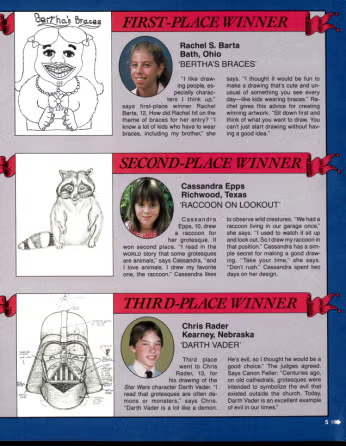
A stonemason was hired, and all four designs were carved and added to the cathedral.


While you can't make out the Dark Lord of the Sith in long shots of the cathedral, an on-site placard provides guidance for visitors with binoculars.
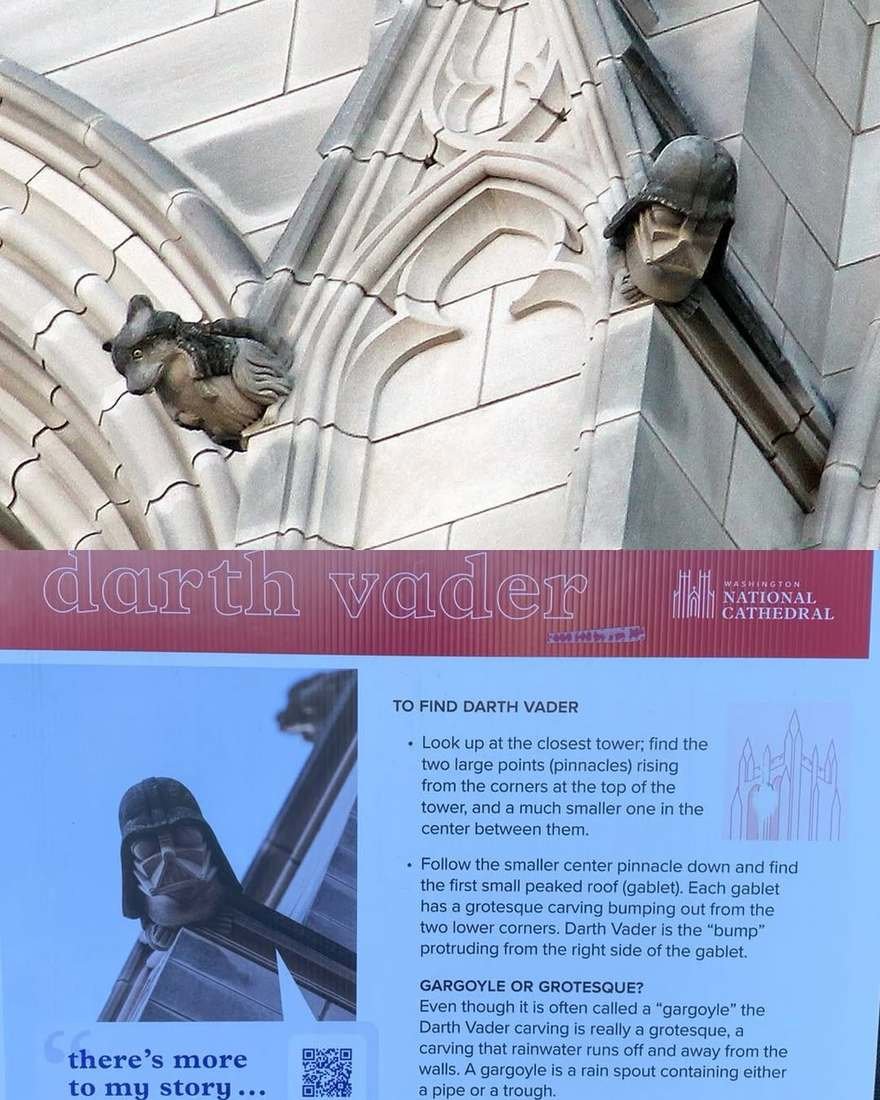
I imagine Lucasfilm let this one slide.
